Hand Crafted in Historic District Downtown Wake Forest
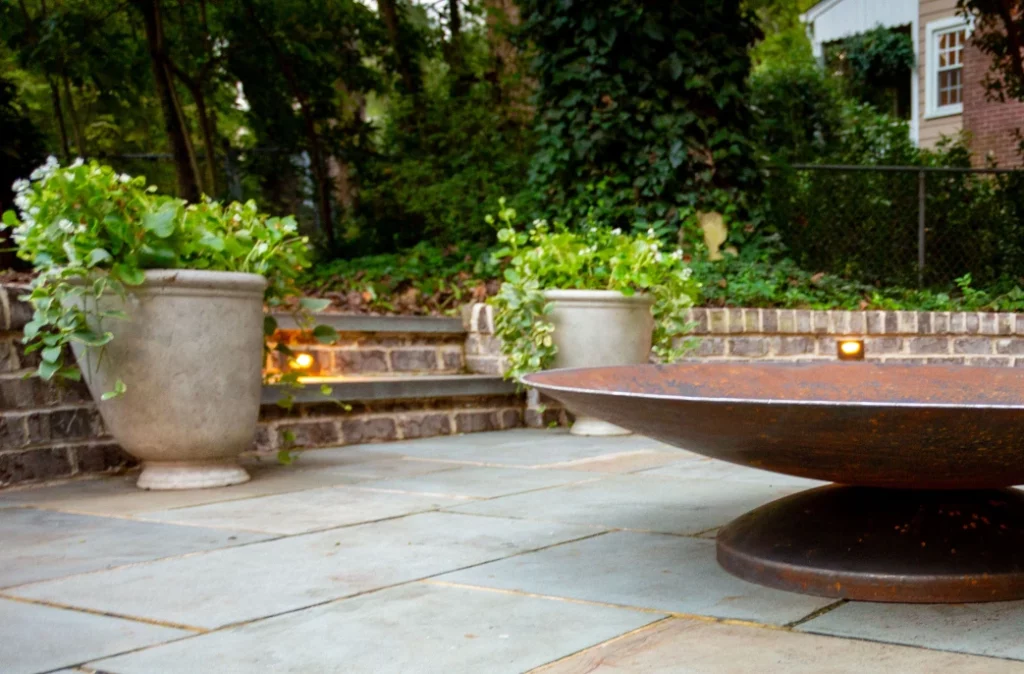
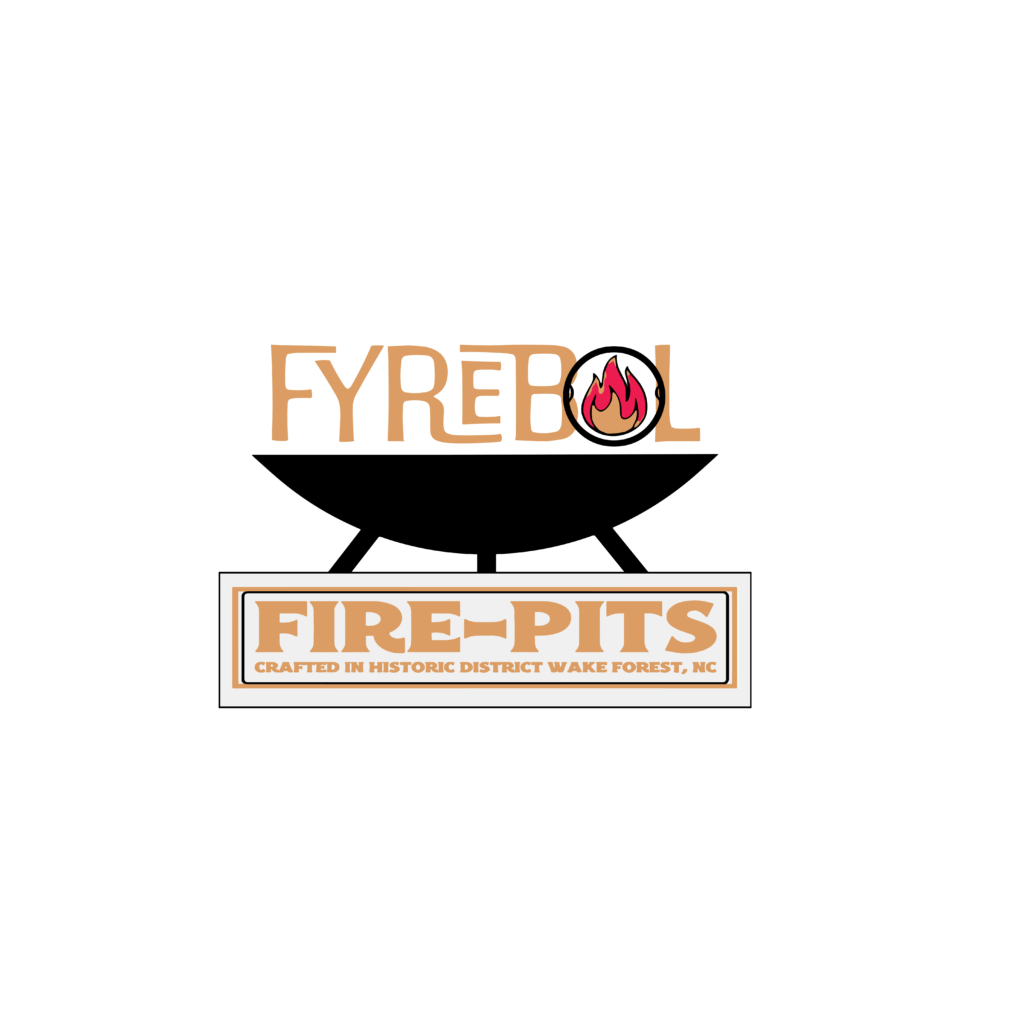
FyreBol Fire Pits
36" The Kalamazoo
$550
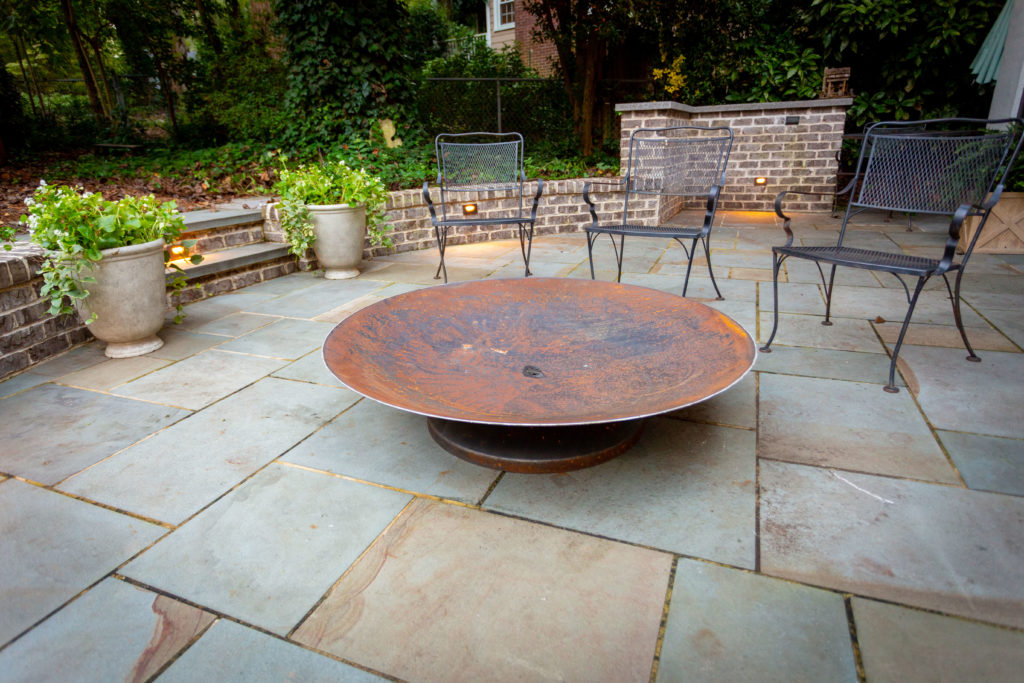

42" The Cadillac
$725

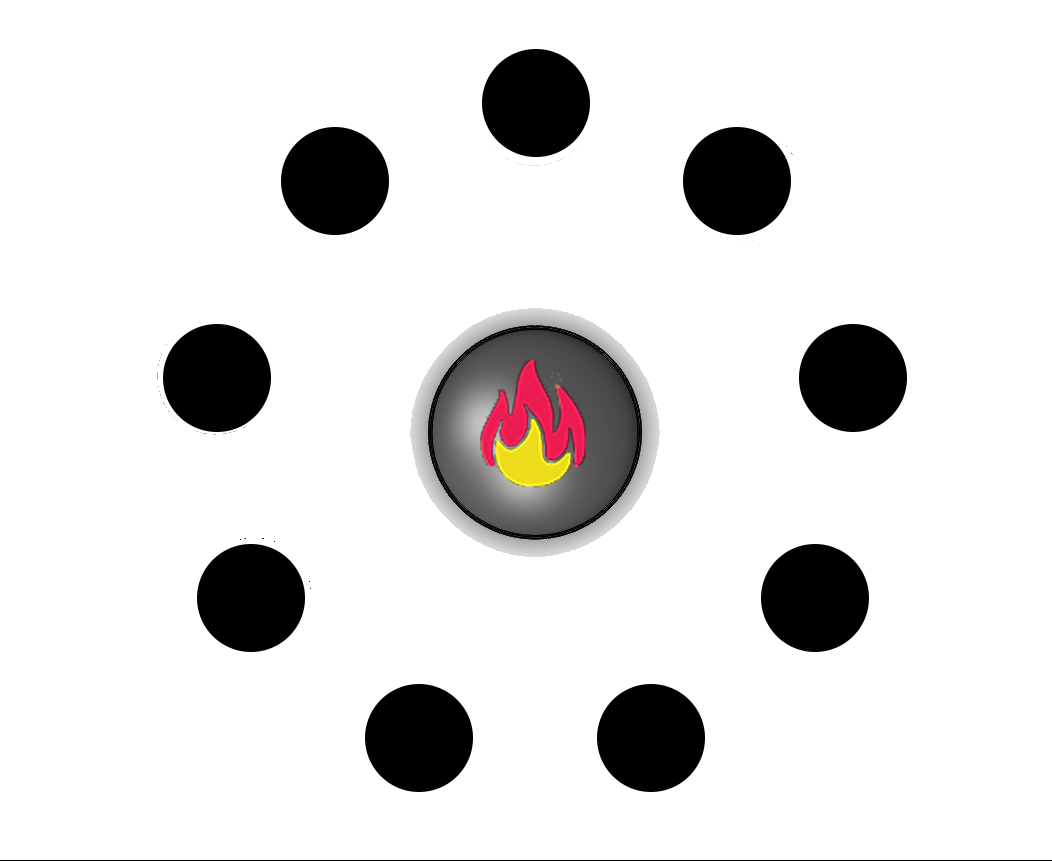
48" The Detroiter
$900
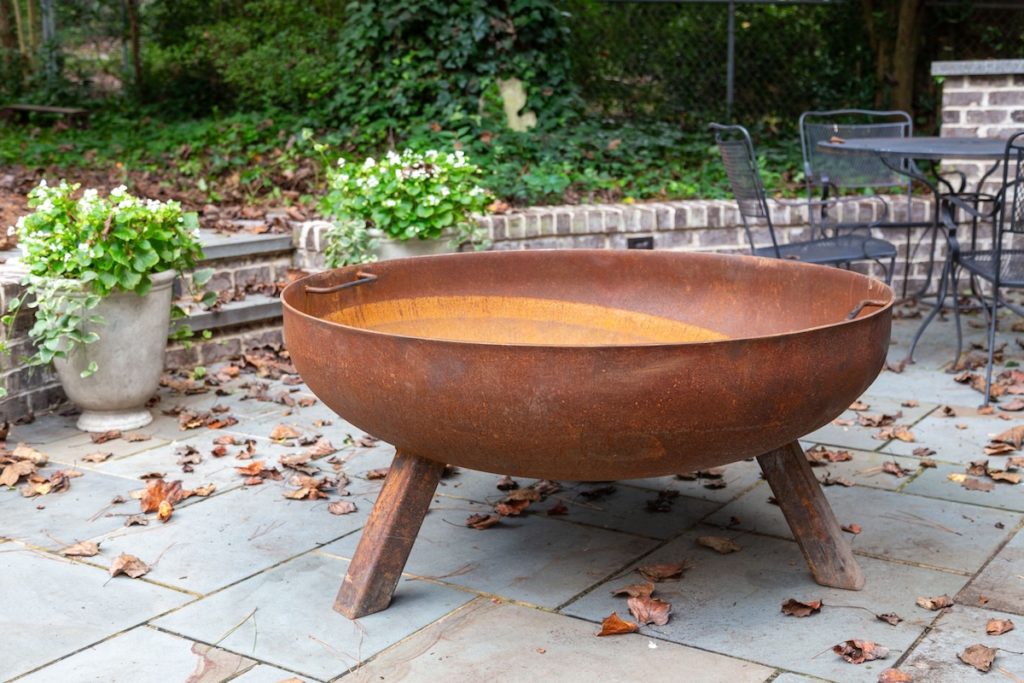
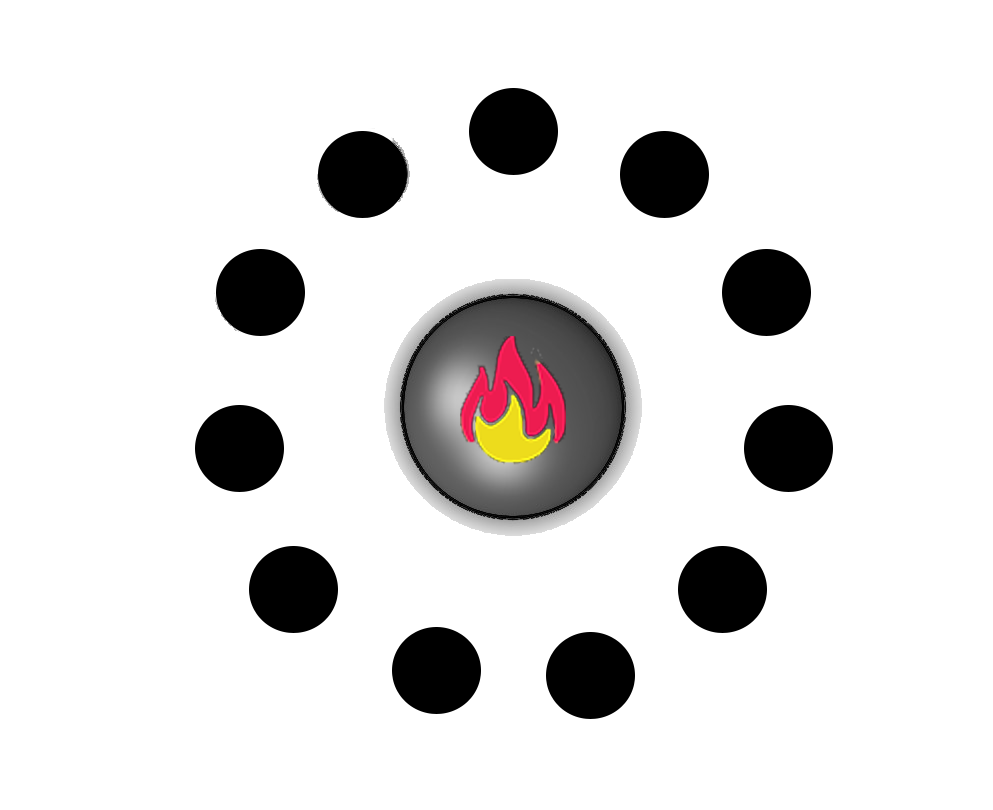
Illustration above represents seating with 60" to center of seat with 36" between center of each chair. So ideal distance for warmth and space to move about.
We have the shallow in 36/48" pedestal or legs
Illustration above are examples of the styles we offer.
Pedestal/3 Leg base is a option for every size
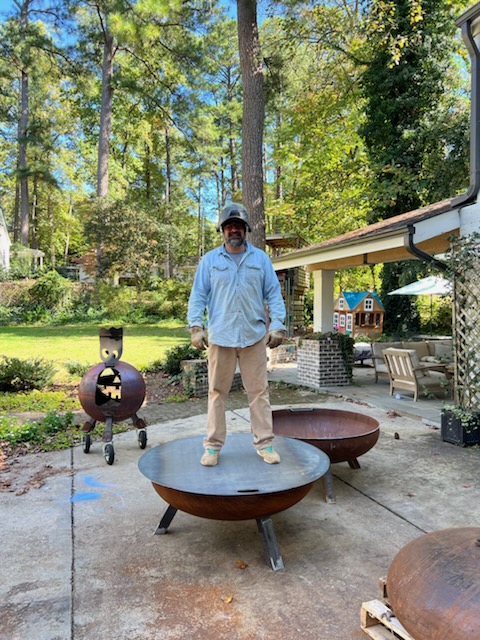
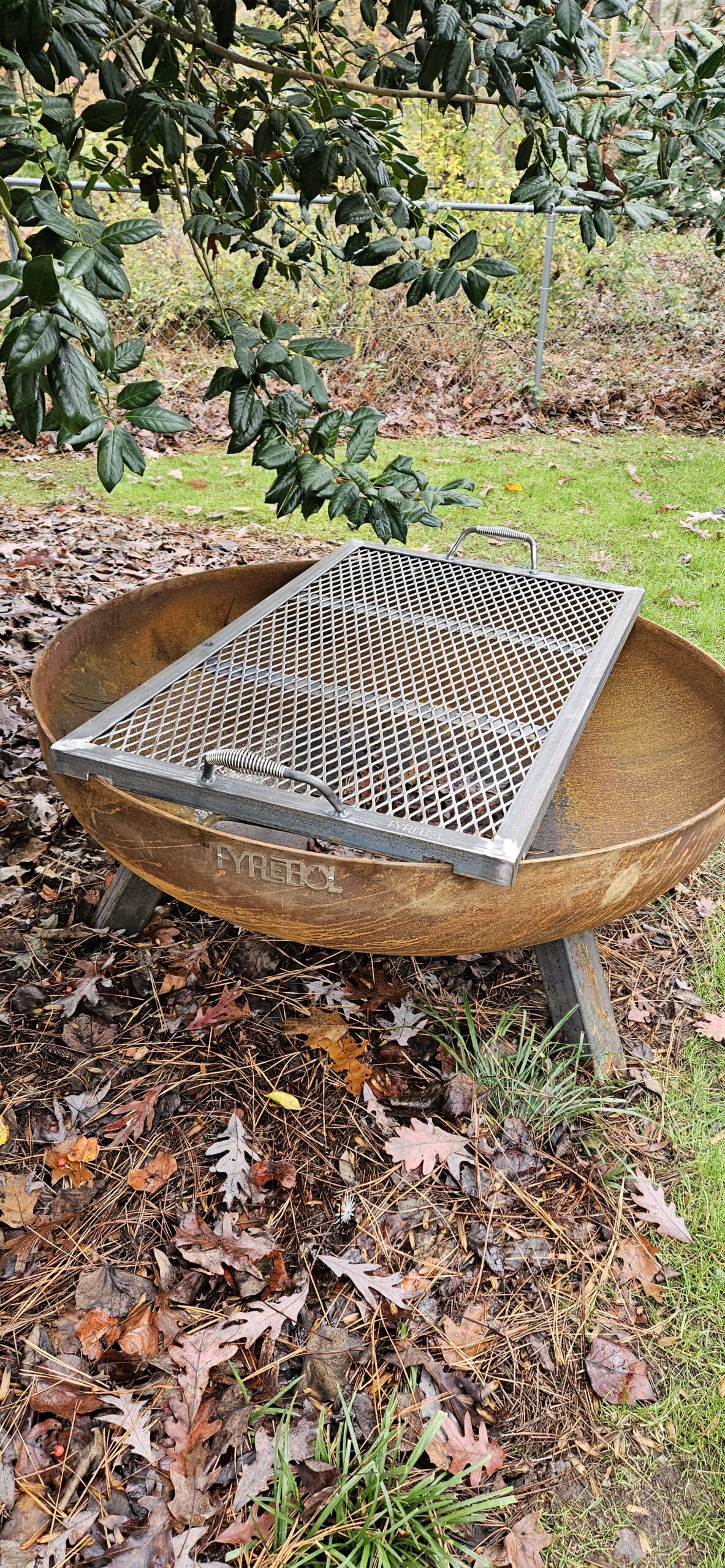

FyreBol LIDS
36" LIDS
$220
42" LIDS
$250
48" LIDS
$285
FyreBol GRILL GRATES
36" GRATE
$275
42" GRATE
$325
48" GRATE
$350
FyreBol 50/50 GRILLET
36" GRILLET
$250
42" GRILLET
$285
48" GRILLET
$300
ORDER FORM
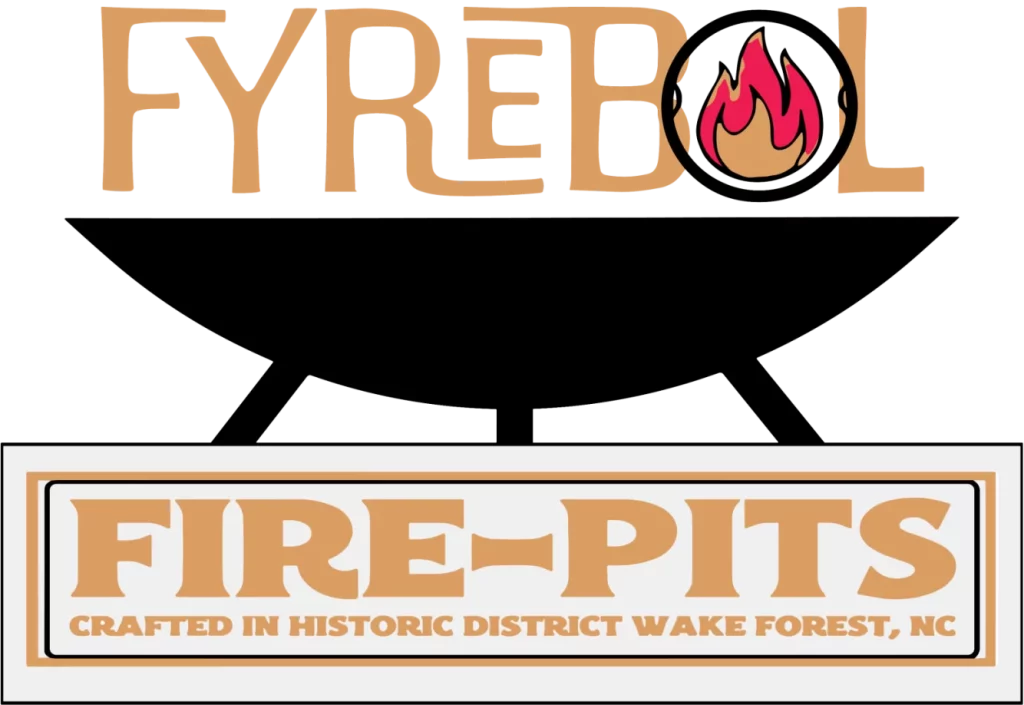
REVIEWS
Posted onTrustindex verifies that the original source of the review is Google. We are absolutely thrilled with our Fyrebol and lid!! It was a great process from start to finish and the product is just beautiful! We have people over for fires and everyone loves it. Such a beautiful piece! HIGHLY recommendPosted onTrustindex verifies that the original source of the review is Google. Got the 48 inch. Looks really good on the property, very sturdy and modern looking. Would recommend if you’re looking for a nice sturdy fire bowl.Posted onTrustindex verifies that the original source of the review is Google. We’d been looking for a substantial, long-lasting fire pit for our backyard hangout spot for a while and saw some out-of-state fabricators who made and sold these for hundreds more than Shawn. I’m glad I found him. Great communication, fast order fulfillment, and top-notch craftsmanship for a much better price than others in different states. This thing is a tank and should hold up for a loooong time. Very pleased with our Fyrebol.Posted onTrustindex verifies that the original source of the review is Google. We absolutely love our Fyrebol and couldn't have asked for better support and communication from Shawn. We searched all over for the perfect option and keep coming back to Fyrebol as the best option based on quality and price. HIGHLY RECOMMENDED. Do not buy lower quality big box options. Buy local from Shawn at Fyrebol.Posted onTrustindex verifies that the original source of the review is Google. Every part of these FyreBol fire pits is well thought out and super solid. For example, the handles are placed so that the bowl can be moved easily by rolling. Heavy fillet welds and extra-thick structural steel mean it'll last a lifetime. Also, you get to buy it from, and support, the guy who makes them, without a middleman. Highly recommended.Posted onTrustindex verifies that the original source of the review is Google. Not only is Shawn @fyrebol a very friendly, funny and down to earth guy from the Mitten State, but he also makes an Awesome product! We purchased "The Cadillac" model and he had it completed in a week along with the lid. It is beautiful and holds heat amazingly well. By far, way more superior, than our Home Depot cast iron one. The Cadillac is built to last and weighs 180 lbs. Thank you, Shawn!! We LOVE IT!Posted onTrustindex verifies that the original source of the review is Google. Nothing but great vibes so far, and can’t see that changing anytime soon. He was beyond generous to craft us one overnight so that we could have it for the weekend party. Pickup was smooth and easy. Excited to have this as our backyard centerpiecePosted onTrustindex verifies that the original source of the review is Google. Love our Fyrebol firepit. Whole process was a breeze, communication wonderful. A quality product that will last forever. Excited to have something handmade in NC on our patio.Posted onTrustindex verifies that the original source of the review is Google. Our Fyrebol is the coolest part of our backyard and definitely the thing that is going to be around for years after everything else has been scrapped. It's super rad and we love it. We have the 30" which is plenty big enough to have a blazing fire in. It's super solid and heavy but the handles are on the inside so it's easy to pick up one side and roll it across the yard if you're by yourself. If the point of a fire pit is to make fires, this is the one to buy. We use it all the time because we like it so much and we like it so much because we use it all the time. I'll be making s'mores in it for decades to come. I very much appreciate Shawn's craft and couldn't recommend it morePosted onTrustindex verifies that the original source of the review is Google. We chose Fyrebol when our expensive box store fire pit rusted through after only 3 years. We wanted to intentionally support a local small business and were so lucky to find these guys a few miles away. We are loving our 36” fire pit so far and can’t wait for the memories we will make around it this fall and winter (and in the years to come).
